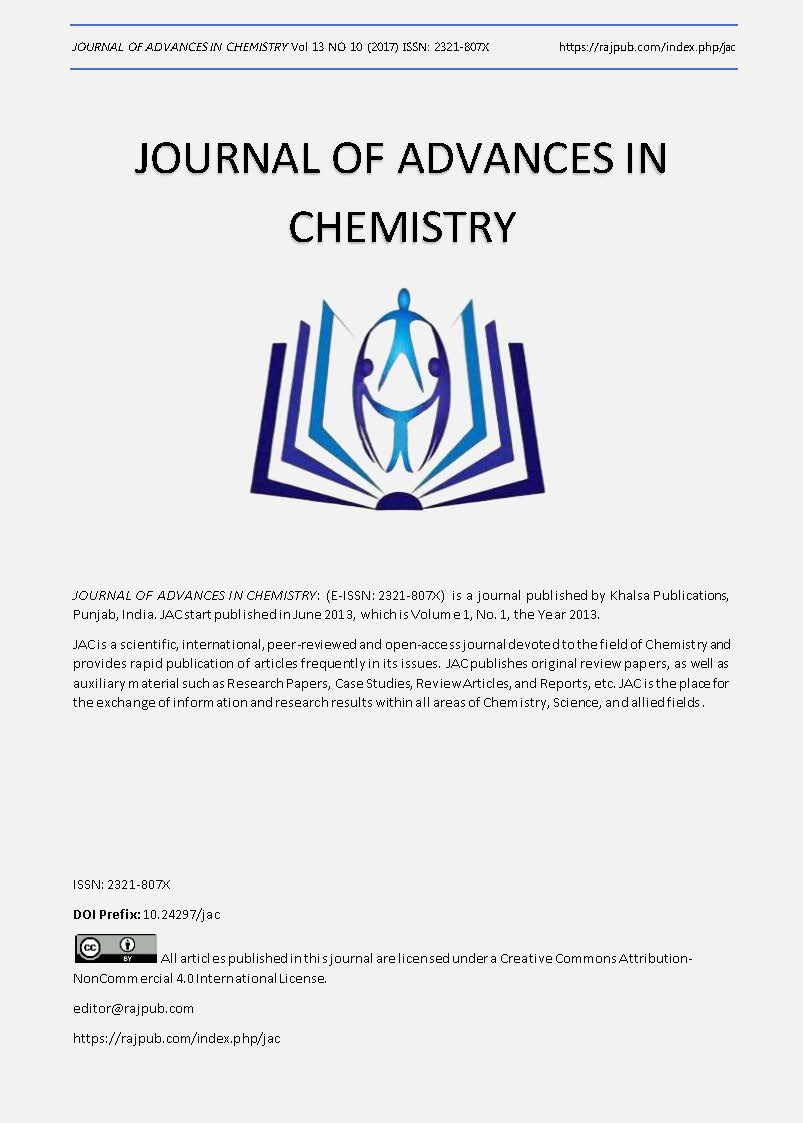Analysis of Speaker Verification System Using Support Vector Machine
DOI:
https://doi.org/10.24297/jac.v13i10.5839Abstract
The integration of GMM- super vector and Support Vector Machine (SVM) has become one of most popular strategy in text-independent speaker verification system. This paper describes the application of Fuzzy Support Vector Machine (FSVM) for classification of speakers using GMM-super vectors. Super vectors are formed by stacking the mean vectors of adapted GMMs from UBM using maximum a posteriori (MAP). GMM super vectors characterize speaker’s acoustic characteristics which are used for developing a speaker dependent fuzzy SVM model. Introducing fuzzy theory in support vector machine yields better classification accuracy and requires less number of support vectors. Experiments were conducted on 2001 NIST speaker recognition evaluation corpus. Performance of GMM-FSVM based speaker verification system is compared with the conventional GMM-UBM and GMM-SVM based systems. Experimental results indicate that the fuzzy SVM based speaker verification system with GMM super vector achieves better performance to GMM-UBM system. Â
Downloads
References
[2] Cortes.C and Vapnik.V, “Support vector networksâ€, Machine Learning, 20, pp.273–297, 1995. Burges.C.J.C., “A tutorial on support vector machines for pattern recognitionâ€, Data Min. Knowl. Disc. 2 (2), 121–167, 1998. research.microsoft.com/en-us/um/people/cburges/papers/SVMTutorial.pdf
[3] Blanz.V, Scholkopf.B, Bulthoff.H, Burges.C, Vapnik.V and Vetter.T, “Comparison of view–based object recognition algorithms using realistic 3D modelsâ€, Artificial Neural Networks—ICANN’96, pp. 251- 256, Berlin, 1996. http://dl.acm.org/citation.cfm?id=684894
[4] Schmidt.M, “Identifying speaker with support vector networksâ€, In Interface ’96 Proceedings, Sydney, 1996.
[5] Campbell.W.M, Sturim.D.E, Reynolds.D.A, “Support Vector Machines using GMM Supervectors for Speaker Verificationâ€, IEEE Signal Processing Letters, 2006, 13, pp.308-311. https://www.researchgate.net/publication/3343440_Support_vector_machines_using_GMM_supervectors_for_speaker_verification
[6] Campbell.W.M, Sturim.D.E, Reynolds.D.A and Solomonoff. A, “SVM based Speaker Verification using a GMM Super vector Kernel and NAP Variability Compensationâ€, in Proceedings International Conference Acoustics, Speech, and Signal Processing, France, 2006, pp.97-100. https://www.ll.mit.edu/mission/cybersec/publications/.../060514_CampbellW.pdf
[7] Shi-Huang Chen, Yu-Ren Luo, “Speaker verification using MFCC and Support vector Machineâ€, Proceedings of the International Multiconference of Engineers and computer scientists, Hong Kong, vol. 1, March 18-20, 2009. www.iaeng.org/publication/IMECS2009/IMECS2009_pp532-535.pdf
[8] Kong Aik Lee,Chang Huai You, Haizhou Li and Tomi Kinnunen and Khe Chai Sim, “Using discrete probabilities with Bhattacharyya measure for SVM- based speaker verificationâ€, IEEE Transaction on audio, speech and language processing, vol. 19, no. 4, May 2011. cs.uef.fi/sipu/pub/Bhattacharyya_TASL.pdf
[9] Pedro.J, Moreno, Purdy.P, Ho, “Verification Using Probabilistic Distance Kernelsâ€, Eurospeech, 1-4 September, 2003. www.hpl.hp.com/techreports/2004/HPL-2004-7.html
[10] Man Wai Mak, Wei Rao, “Utterance Partitioning with acoustic vector resampling for GMM-SVM speaker verificationâ€, Speech Communication, 53, pp. 119-130, 2011.
http://citeseerx.ist.psu.edu/viewdoc/citations;jsessionid=524637905DED778C54349B0B2BB0FEC7?doi=10.1.1.170.4398
[11] Zhao Jian, Dong Yuan, Zhao Xianyu, “Score Normalization and Language Robustness in Text Independent Multi-language Speaker Verificationâ€, Lecture notes in computer science, 2007, pp.4681:1121-1130. ieeexplore.ieee.org/iel5/5971803/6074142/06074159.pdf
[12] Yao, Y., Frasconi, P., & Pontil, M. (2001). Fingerprint classification with combinations of support vector machines, AVBPA 2001, LNCS 2091, pp. 253–258. link.springer.com/chapter/10.1007/3-540-45344-X_37
[13] Campbell, W. M., Singer, E., Torres-Carrasquillo, P. A., & Reynolds, D. A. (2004). Language recognition with support vector machines, Odyssey 2004, May 31st– June 4th, Toledo, Spain. https://www.ll.mit.edu/mission/cybersec/...files/.../040531_CampbellW_SingerE.pdf
[14] S.Zribi Boujelbene, D.Ben Ayed Mezghani, and N. Ellouze, “Improved Feature data for Robust Speaker Identification using hybrid Gaussian Mixture Models - Sequential Minimal Optimization Systemâ€, The International Review on Computers and Software, Vol. 4.3, ISSN: 1828-6003, May 2009, pp.344-350.
[15] W. Zunjingand, and C. Zhigang, “Improved MFCC-Based Feature for Robust Speaker Identificationâ€, Tsinghua Science and Technology, Vol. 10.2, 2005, pp. 158-161.
http://whale.cse.nsysu.edu.tw/~khwu/Improved%20MFCC-Based%20Feature%20for%20Robust%20Speaker%20Identification.pdf
[16] Bing Xiang, Toby Berger, “Efficient Text-Independent Speaker Verification With Structural Gaussian Mixture Models And Neural Networkâ€, IEEE Transactions On Speech And Audio Processing, Vol. 11, No. 5, pp. 447-456, September 2003.http://www.dl.edi-info.ir/Efficient%20Text-Independent%20Speaker%20Verification%20with%20Structural%20Gaussian%20Mixture%20Models.pdf
[17] D.A.Reynolds, T.F.Quatieri, R.B.Dunn, “Speaker verification using adapted Gaussian mixture modelsâ€, Digital Signal Process. 10, 19–41, 2000. http://citeseerx.ist.psu.edu/viewdoc/download?doi=10.1.1.556.4188&rep=rep1&type=pdf
[18] Fuqian Shi, Jiang Xu, “Emotional Cellular-Based Multi- Class Fuzzy Support Vector Machines on Product’s KANSEI Extractionâ€, International Journal of Applied Mathematics & Information Sciences, Vol.6, No. 1, pp. 41-49, 2012. https://pdfs.semanticscholar.org/a184/1cd6b389bb36340524a63481a4ddab564c84.pdf
[19] C.F.Lin and S.D.Wang, “Fuzzy support vector machines,†IEEE Transactions on Neural Networks, vol. 13, no. 2, March 2002.
[20] Chun-fu Lin, Sheng-de Wang, “Training algorithms for fuzzy support vector machines with noisy dataâ€, Pattern Recognition Letters, 25, pp. 1647–1656, 2004. www.cs.pdx.edu/~mm/aml2010/JoshHoakPresentation.pdf
[21] C.J.C.Burges and B.Schölkopf, “Improving the Accuracy and Speed of Support Vector Learning Machinesâ€, Advances in Neural Information Processing Systems 9, Cambridge, MIT Press, 1997, pp. 375–381. https://people.eecs.berkeley.edu/~malik/cs294/decoste-scholkopf.pdf
[22] W.M.Campbell, J.P.Campbell, D.A.Reynolds, D.A.Jones and T.R.Leek, “High Level Speaker Verification with Support Vector Machinesâ€, in Proceedings of the International Conference on Acoustics Speech and Signal Processing,2004, pp.73-76.
[23] S.Furui, “Cepstral analysis technique for automatic speaker verificationâ€, IEEE Trans. Acoust. Speech Signal Processing, vol.ASSP-29, pp.254-272, Apr.1981.
https://www.researchgate.net/publication/3176892_Cepstral_analysis_technique_for_automatic_speaker_verification
[24] H.Hermansky and N.Morgan, “RASTA processing of speechâ€, IEEE Trans. Speech and Audio Processing, vol.2, no.4, pp.578-589, 1994. ieeexplore.ieee.org/document/326616/
[25] S.Chen and R.A.Gopinath, “Gaussianizationâ€, Proc. NIPS 2000, Denver Colorado.
Additional Files
Published
How to Cite
Issue
Section
License
 All articles published in Journal of Advances in Linguistics are licensed under a Creative Commons Attribution 4.0 International License.
All articles published in Journal of Advances in Linguistics are licensed under a Creative Commons Attribution 4.0 International License.




